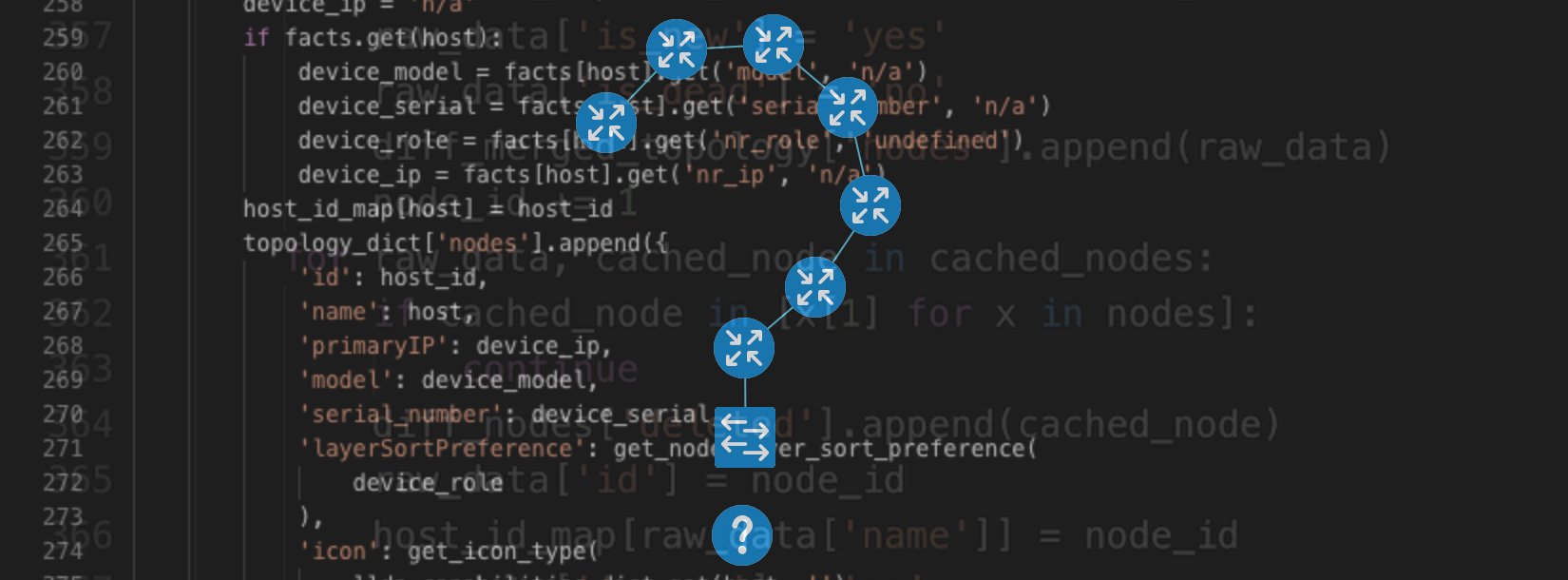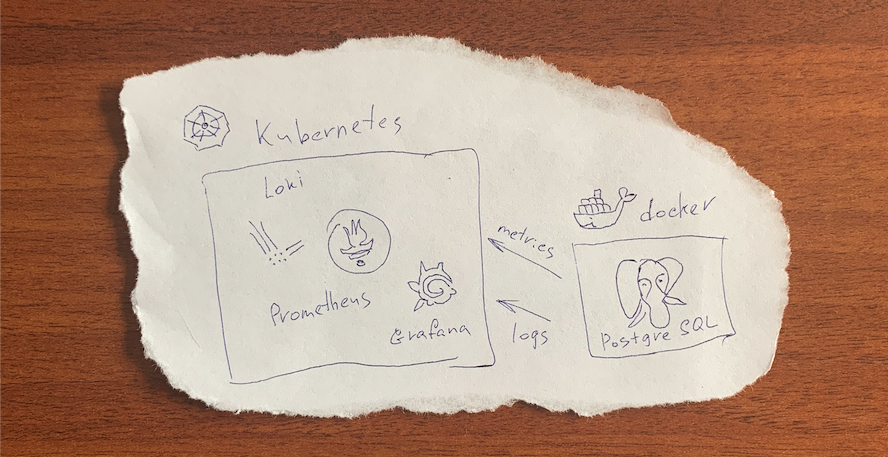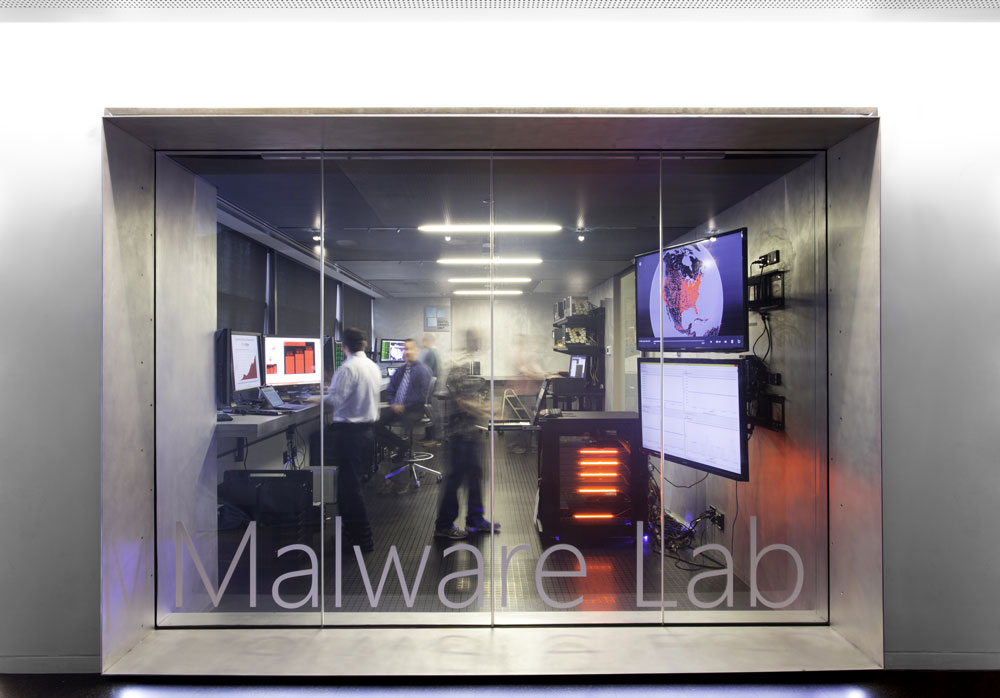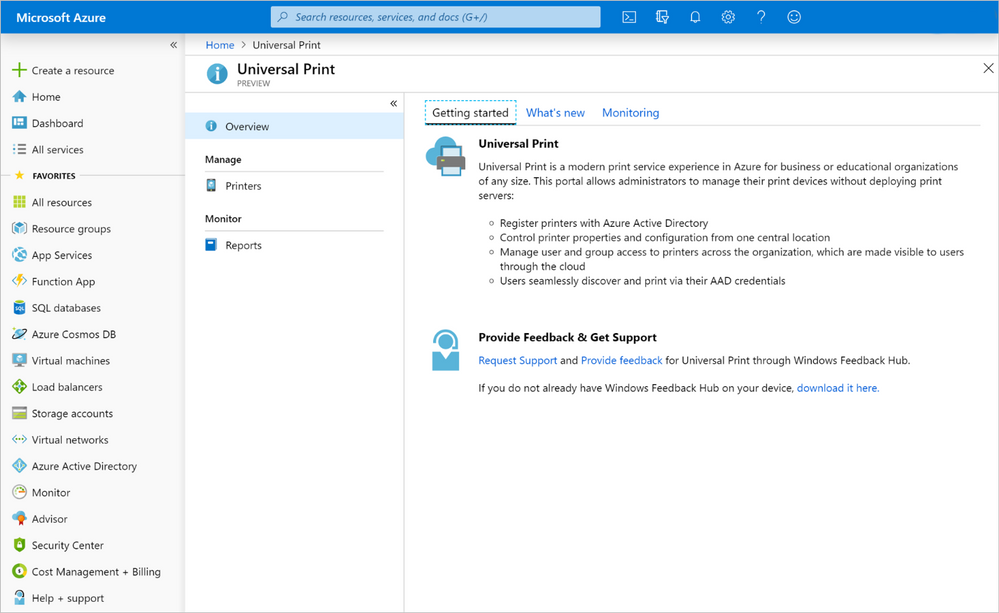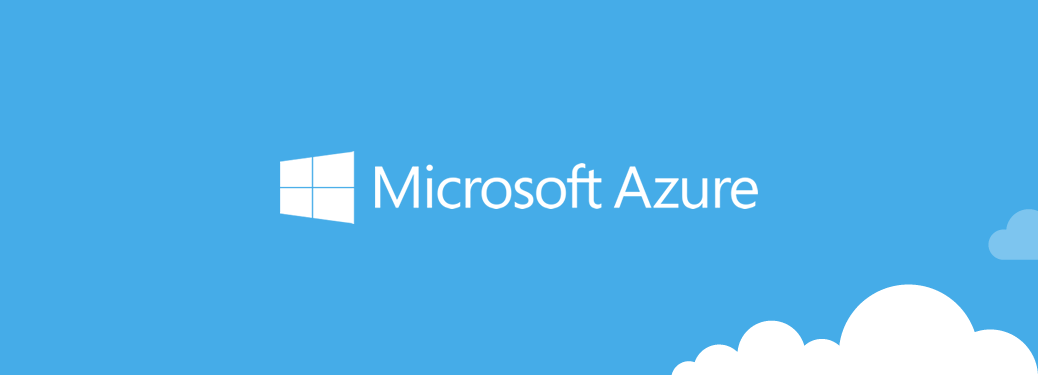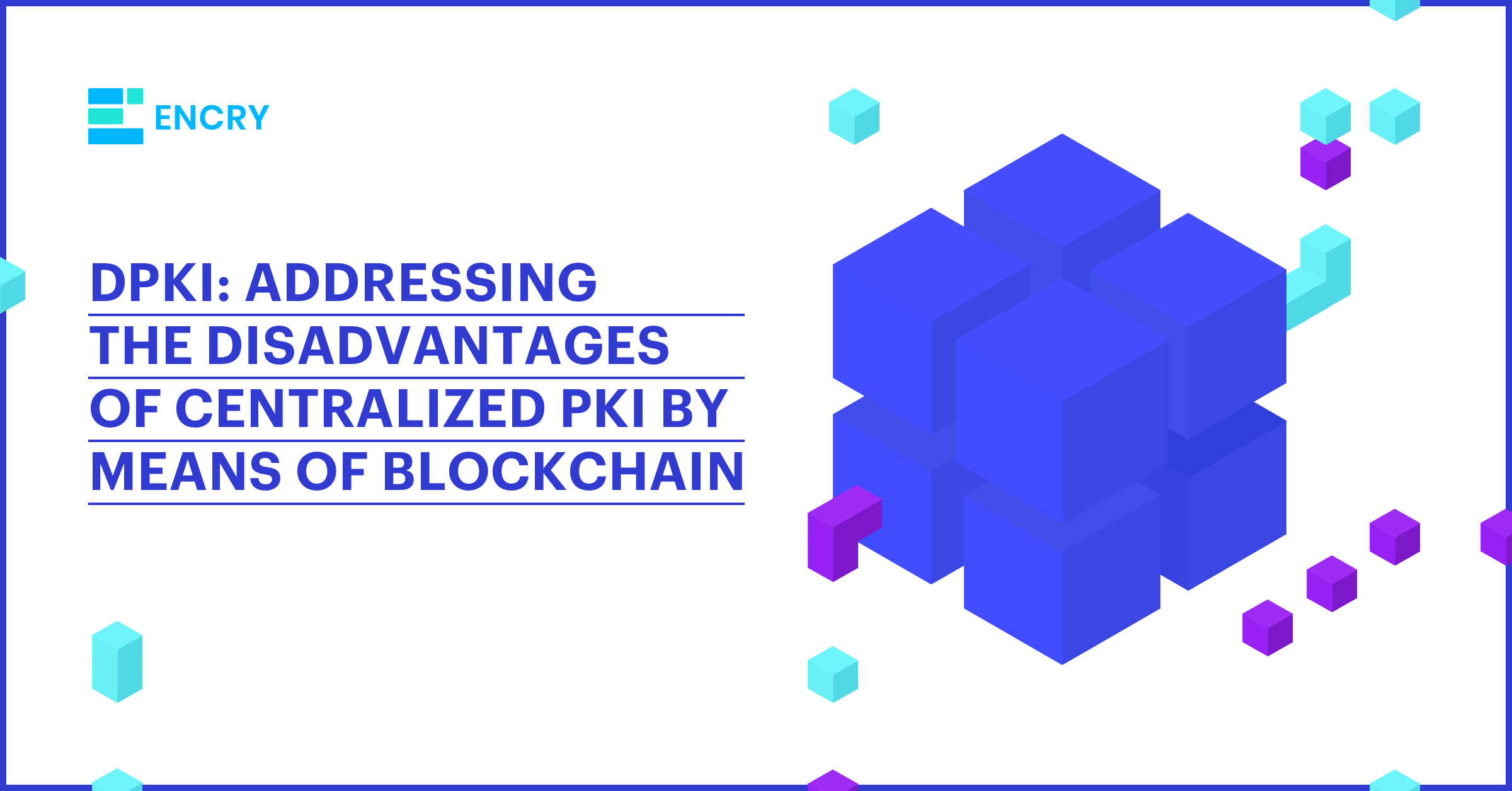Hello, friends
I decided to start this year with an article in the field of HIFI sound / audiophilia and this article is about sharing the results of my wireless earbud tests, which I’ve been conducting for several years since the emergence of TWS on the market.
Sound testing is my hobby, which can be useful for others, because in everyone’s life are important bright pleasant emotions, relaxation and mental comfort, which is not always enough in the flow of turbulent events of life. And music is just the thing to bring it all in, if only for moments, or even hours, and choosing the right headphones is crucial to getting the right effect.
Testing sound is a hobby with benefits that extend beyond personal enjoyment, as its results can be valuable to others. After all, life is made brighter and more fulfilling by positive emotions, moments of relaxation, and peace of mind — things that often feel scarce in the whirlwind of modern life. Music is one of those rare things that can bring these experiences into our lives, even if just for a moment or hours at a time. Choosing the right headphones is essential to achieving that effect.
By the end of 2024, I completed testing the best wireless in-ear headphones (commonly referred to as “earbuds”) available on the market — or at least those I could find. “Best” here doesn’t necessarily mean the most expensive. It refers to the top performers in terms of sound quality. We’ve all encountered situations where lower-priced items turned out to be just as good, if not better, than their costly counterparts. That’s why my sound-quality ranking includes headphones from various price categories — from ultra-premium TWS models to more budget-friendly options.
